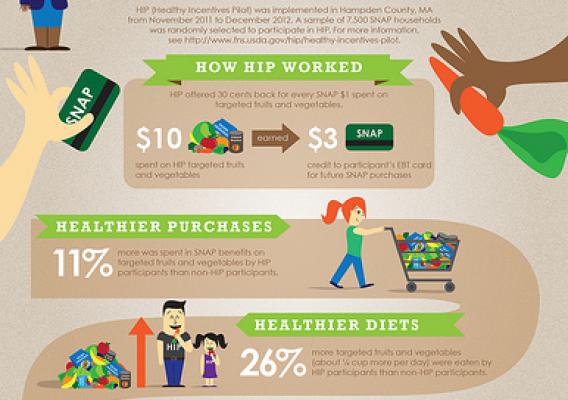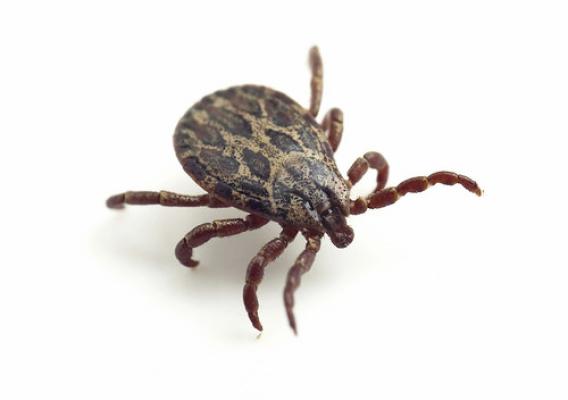USDA is firmly committed to ensuring that all Americans have access to a safe, healthy, adequate and affordable diet. Unfortunately, our nation is facing an unprecedented nutrition crisis, with far too many Americans facing both food insecurity and obesity. Although it seems paradoxical, the two actually go hand in hand far too often. To reverse the course of this two-sided crisis, we must create a cultural change that facilitates and encourages healthy food choices among all Americans.
One example of how USDA has been working to implement this cultural shift is the Healthy Incentives Pilot (HIP) project that was recently conducted in Massachusetts. The goal of this project was to provide SNAP participants greater access to healthy foods and better nutrition through financial incentives at the point of purchase. Specifically, we tested the impact of providing families with 30 extra cents in SNAP benefits per benefit dollar that they spent on fruits and vegetables. We were very encouraged by the results. On average, people who received the incentives ate about 26 percent more fruits and vegetables per day than people who did not receive the incentives—a substantial increase!








